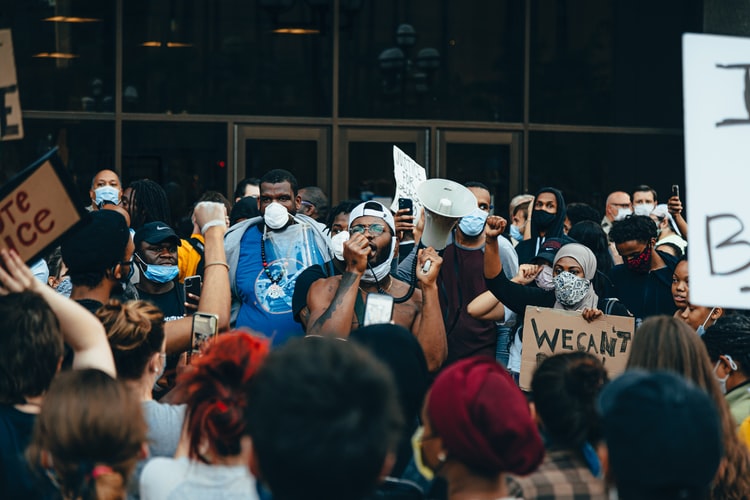
Hi everyone, quick announcement before we dive into this week’s exciting topic about executive search. If you’re free this Wednesday, April 21st, at 10am PT, please join me in this discussion “Moving to Racial Equity: What’s Getting in the Way!?! | A Conversation with Nonprofit Leaders.” It is cosponsored by Castellano Family Foundation and Silicon Valley Community Foundation. I’ll be flipping over tables as usual, but I’m trying to cut back on swearing, gosh darn it. It’s free; register here. Captions will be provided.
Last week, I got this note from a colleague: “I work in philanthropy and was talking with a friend working at a non-profit, and we were sharing our frustrations about how opaque the search process was/is for new leaders at both our orgs, and how little staff and community involvement there was in the decision-making process. I’d love to see you tackle the way these searches happen and search firms and Board committees work currently, and suggest ways that we might work differently (even given the need for confidentiality about candidates to a point, etc).”
This has been on my list of stuff to rant about for a while, so I appreciate the nudge. Last August, Nonprofit Quarterly’s Editor-in-Chief Cyndi Suarez wrote this brilliant piece on the topic, “What Does an Equitable Executive Leadership Transition Look Like?” It points out the inequity of our current philosophies and practices and proposes some new ways of doing things. I highly recommend everyone reads it.
Continue reading “10 ways to make executive leadership searches and transitions better and more equitable”

